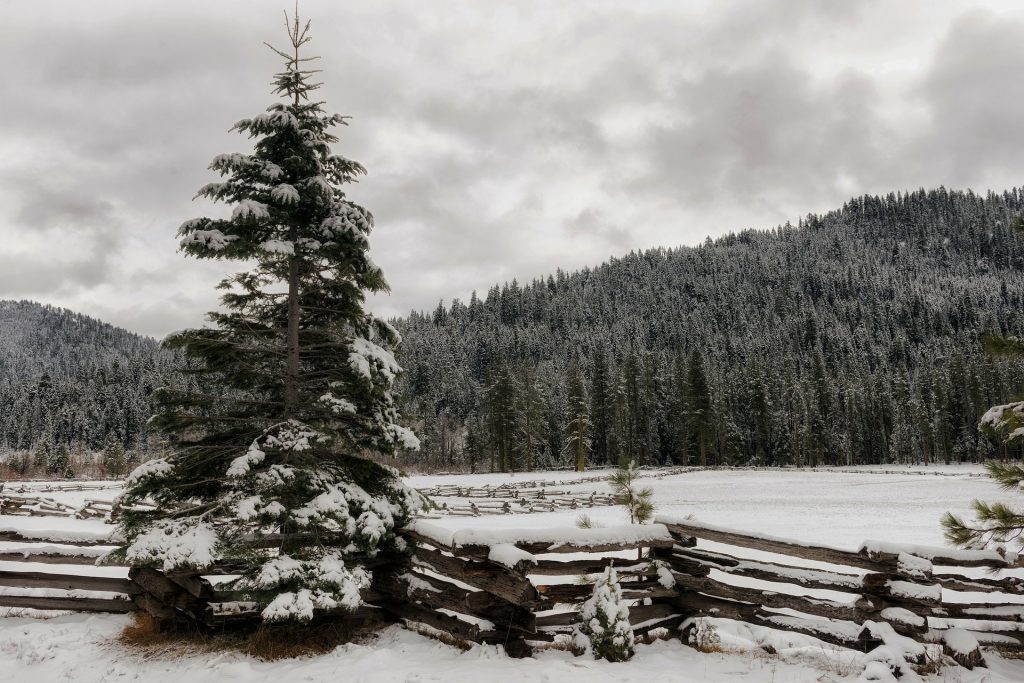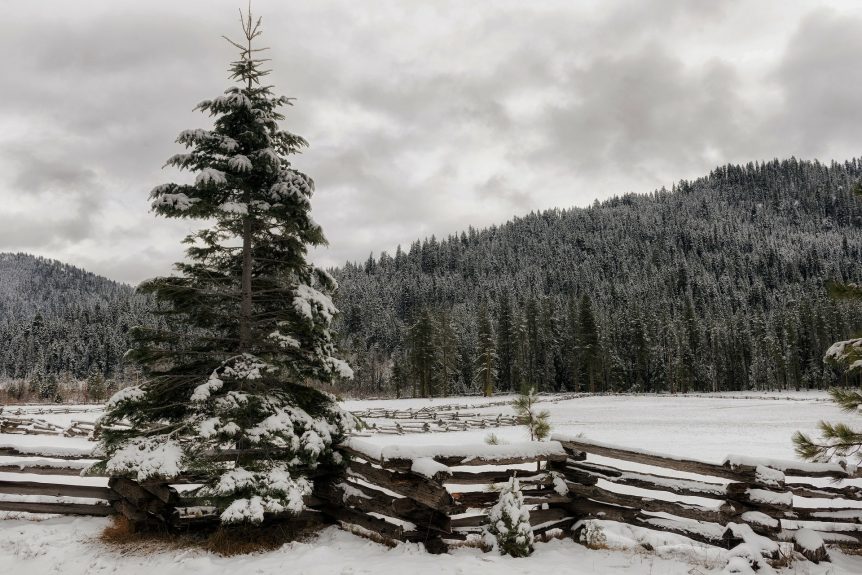In the third manual snow survey of the season, Andy Reising, a water resource engineer from the Department of Water Resources (DWR), shared crucial insights into the state’s snowpack conditions. Even with recent storms in February, the California snowpack is still less than half of what it was at this time last year. However, Reising noted significant improvements to the snowpack at Philips Station put things much closer to the average.

“We recorded a snow depth of 47.5 inches, about four feet we’re standing on. And a snow water content of 18 inches,” said Reising. “That results in about 77 percent of average for this date here at Phillips Station and 74 percent of the April 1 average.”
Information from the automated snow sensor network shows the statewide snowpack at 80 percent of the average. Comparatively, the California snowpack was at just 54 percent of the average at the beginning of the month. February storms have helped significantly improve the state snowpack and subsequent water supplies for the coming spring and summer months.
“Back on January 1, we were about three inches of snow water content. On February 1, ten inches of snow water content, and now we’re at 18” Reising explained. “So, we have built really nicely, we just got a late start.”
Last year during the third manual snow survey of the season, DWR personnel measured a snow depth of more than nine feet. That helped keep California’s major reservoirs supplied well into the summer. DWR notes that surface water storage is currently 119 percent of the average. A major factor for the lower-than-average California snowpack is warmer storms bringing more rain than snow. “The good news is that we have a big storm starting here through the weekend and it will be a cold one, our first big cold storm of the year and it will be a good snow producer,” said Reising.

Brian German
Ag News Director / AgNet West










